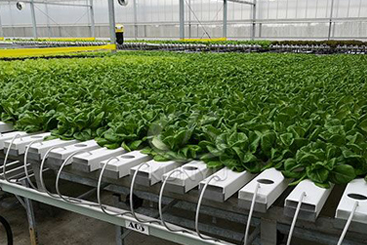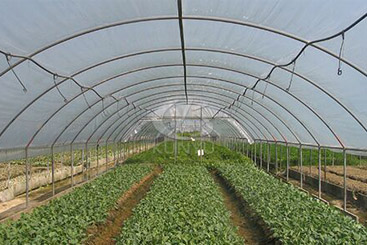Greenhouse gardening was once the sole domain of commercial plant producers who needed to grow flowers and food crops indoors in a protected and controlled environment in the off-season or grow starter plants and shrubs for resale. More recently, thanks to modern materials and new construction techniques, many new greenhouses have become available for sale to anyone interested in gardening.
In fact, it is now becoming common to see small greenhouses in the backyards of homes. Homeowners and gardeners intending to buy a greenhouse have two decisions to make: do we need a greenhouse? If so, how do we choose which greenhouse to buy when there are so many options on the market?
Gardening in greenhouses has become increasingly popular due to three trends that are affecting gardeners everywhere.
They have recently become cheaper and last longer thanks to new materials that have reduced the cost and extended the life of modern greenhouses. Greenhouse manufacturer has responded to these developments by producing a wide range of new greenhouses in various sizes and styles as well as various greenhouse solutions.

For many people, each new report of disease outbreaks from various product suppliers has shaken beliefs about food security. Moreover, some of the transport costs have driven up the cost of food, especially produce, dramatically and to the point where it is healthier, cheaper and safer to provide food for yourself.
As predicted by climatologists, the frequency and intensity of seasonal storms are increasing. Gardeners around the world are losing crops and topsoil to unusually strong weather, accompanied by heavy rainfall that floods ground crops and washes away the topsoil where soil nutrients are most abundant.
In our garden, our latest major 'November' storm arrived two months early, destroying many of our tomato plants, knocking down autumn brassicas (cauliflower, kale, broccoli, kale and cabbage), soaking deserved courgette that had been healing in the early autumn sunshine and putting our autumn fruit harvest off schedule.

As gardeners, we now have the added risk of unexpected weather events. Growing our main crops in a greenhouse, or starting crops early in a small greenhouse, is our best guarantee of a fruitful harvest in uncertain times.
A greenhouse allows you to start seeds earlier in the season so that they can develop and mature when the weather outside is warm enough. Greenhouses also enable gardeners to plant crops later in the season and extend the harvest even further.
In warmer climates, or with insulated or heated models in colder areas, greenhouses allow you to grow cooler and warmer crops all year round.
Greenhouses can protect vulnerable new shoots and seedlings from weather effects such as late frosts, cool springs, heavy rains, high winds and hail.
Hidden pests in the subsoil, such as nematodes, and pill bugs, which can damage fragile new shoots and seedlings, may be found at night. Airborne pests such as cabbage moths can damage brassica sprouts such as broccoli, cauliflower, cabbage, kale and hugger kale.
Bird activity increases in spring, with many birds digging and scratching into the upper layers of the soil in search of bugs and worms. This disturbs germinating seeds. Sprouts are also vulnerable to predation by birds.

Copyright ©Kunyu Greenhouse Co., Ltd. All Rights Reserved | Sitemap